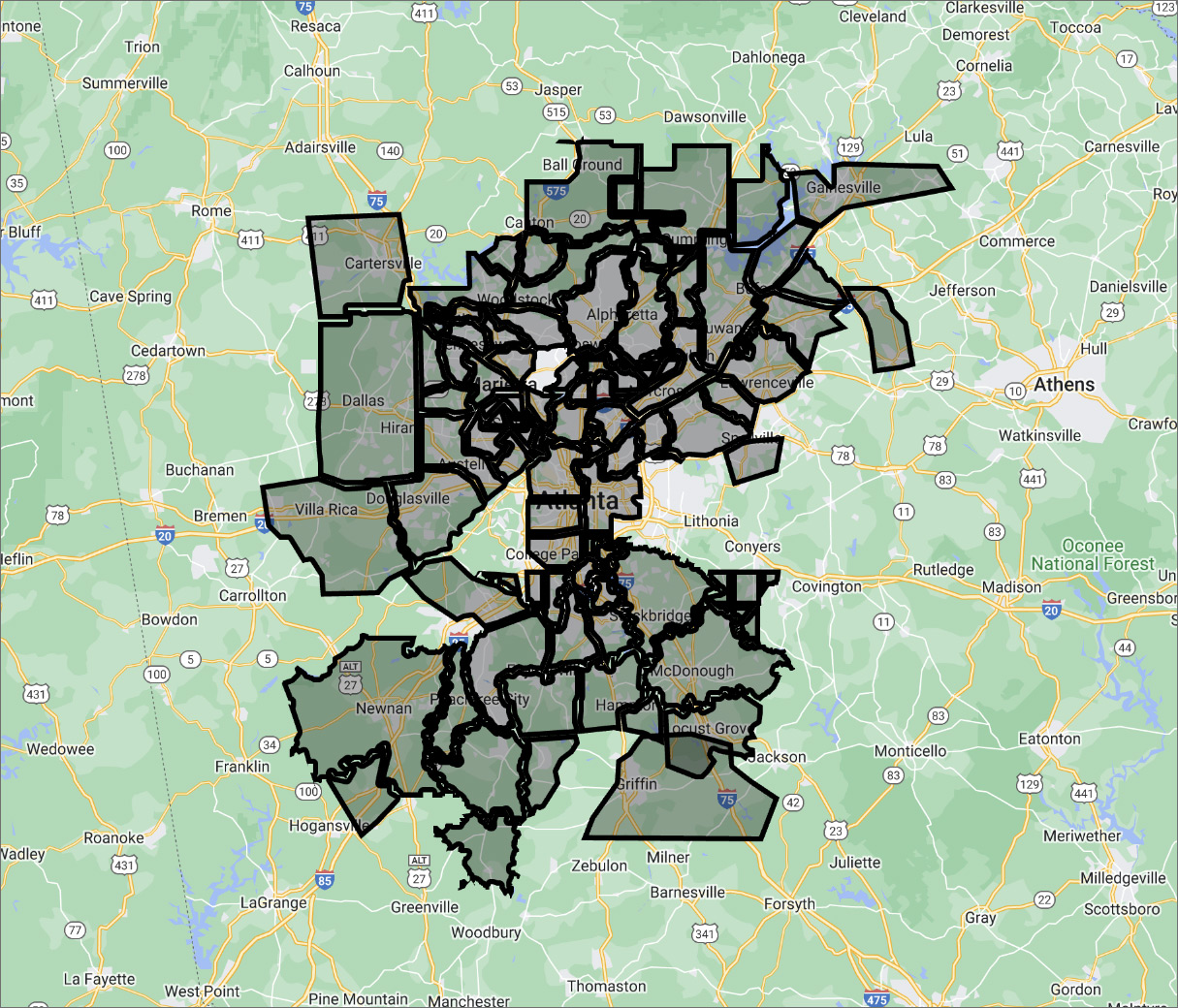Walking a dog (or even several dogs) might seem easy when you’ve done it before, but what if you haven’t? Whether you’re a pet sitter or just a pet owner, it never hurts to get advice from the experts. So we emailed our whole list of Critter Sitters to get their advice on how to walk a dog. Some of them had concrete feedback. Others were more philosophical. But they all demonstrated how knowledgeable and caring they are, plus they had some good tips!
One sitter pointed out how important it is to listen to the owners of the dog, if it’s not yours. No one knows a pet better than its owner. They know the dog’s schedule, the routes it likes to walk, how far it will go and so on. The sitter advises sticking to the routine with which the animal is familiar. “If the routine is a half mile, walk the half mile,” she says.
Another sitter says you can use different routes from time to time to keep things interesting for the dog, but, again, listen to the animal and to the owner. He says to spend extra time with it on your last scheduled visit, if you’re sitting, and to make sure to carry some treats in your pocket. It never hurts to be prepared! And giving the owner feedback makes everyone happier. Many sitters pointed out that a kind note, a text, a video or a photo sent to or left for the owner sets his or her mind at ease.
Dara Zinney says that, “like us as humans, each dog has their own story and way of looking at their walks in life. One of my dogs doesn’t take a bathroom break on the walk, just in the backyard. He uses our walk as exploration and an adventure. Another dog shows his excitement by walking with part of the leash in his mouth along our route to show his ownership. Another dog stops at each mailbox to mark his spot. My biggest learning experience from them is to allow them to express who they are, much like we function best when allowed to be who we are.”
A seasoned sitter gave a lot of practical advice, including making sure you have on your weather gear before you leave the house, putting the poop-scooping bags in a separate pocket from your keys and using a hard leash, not a retractable one. An extension leash might give the animal a little more freedom, but freedom isn’t always a good thing. It means your dog can dart into traffic or have a confrontation with another animal (or a person) that you can’t control. We strongly recommend a hard leash.
What if your dog is big and strong, and you’re not? There are ways to compensate, like using both hands on the leash, if possible, and focusing on your center of gravity. Don’t walk with your arms out straight. That doesn’t leave you anywhere to go. Instead, keep them closer to your body. It’ll let you be ready for anything that’s coming. It’s a good idea to scope out the area as you walk, always being aware of your environment and anything you might need to avoid. That doesn’t mean you should be fearful, just that you should keep your eyes open and your senses sharp. Walking a dog is an important responsibility.
Jennifer Mueller reminds us: “Always pick up the poo.” It may sound silly, but it’s the right and professional thing to do! Many pet owners live in neighborhoods with strict homeowners’ associations, but even if they don’t, and even if it’s a dirty job, it’s part of what you signed up for. Don’t want to spend money on the fancy bags? It’s worth keeping a big supply of plastic grocery store bags in the trunk of your car.
And finally, as one sitter remembers to advise us, “Have fun! Remember you are the highlight of this dog’s day and the peace of mind of its human.”


